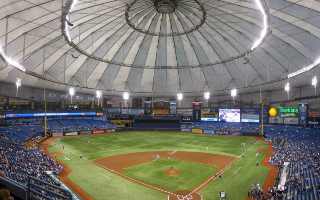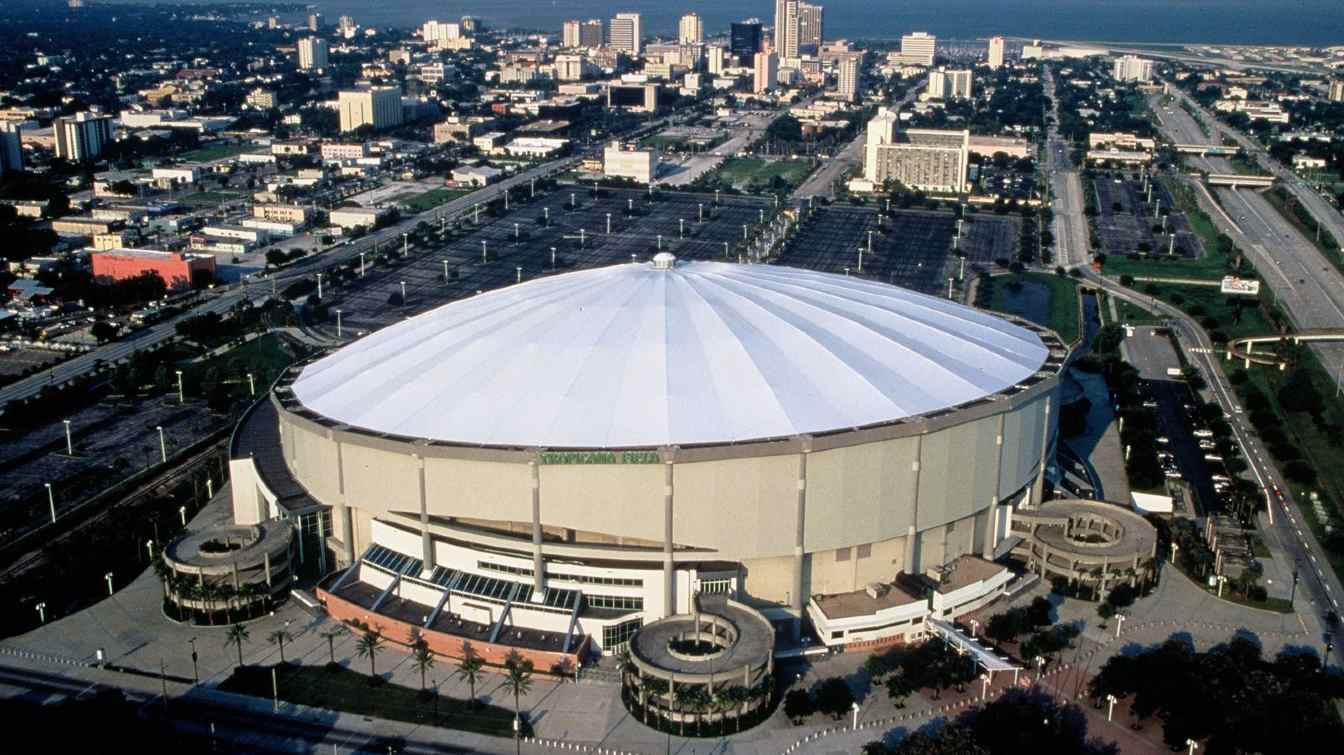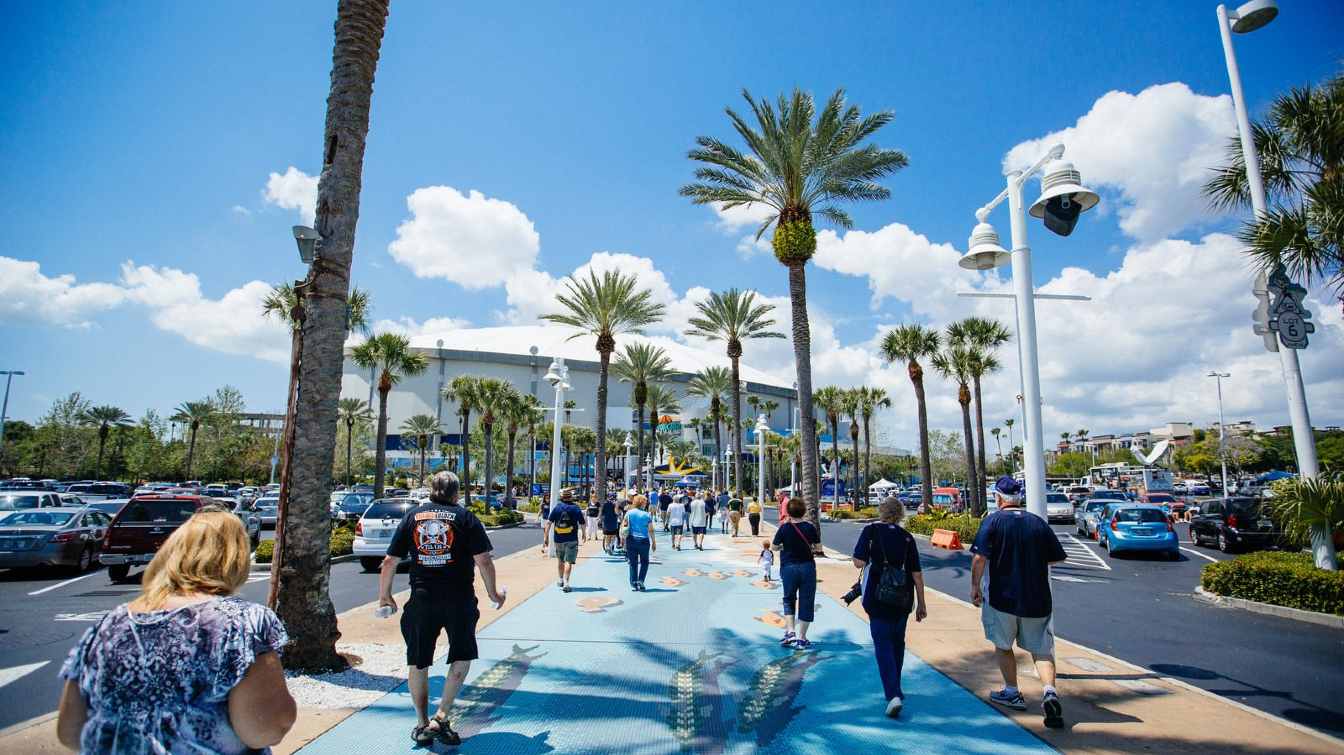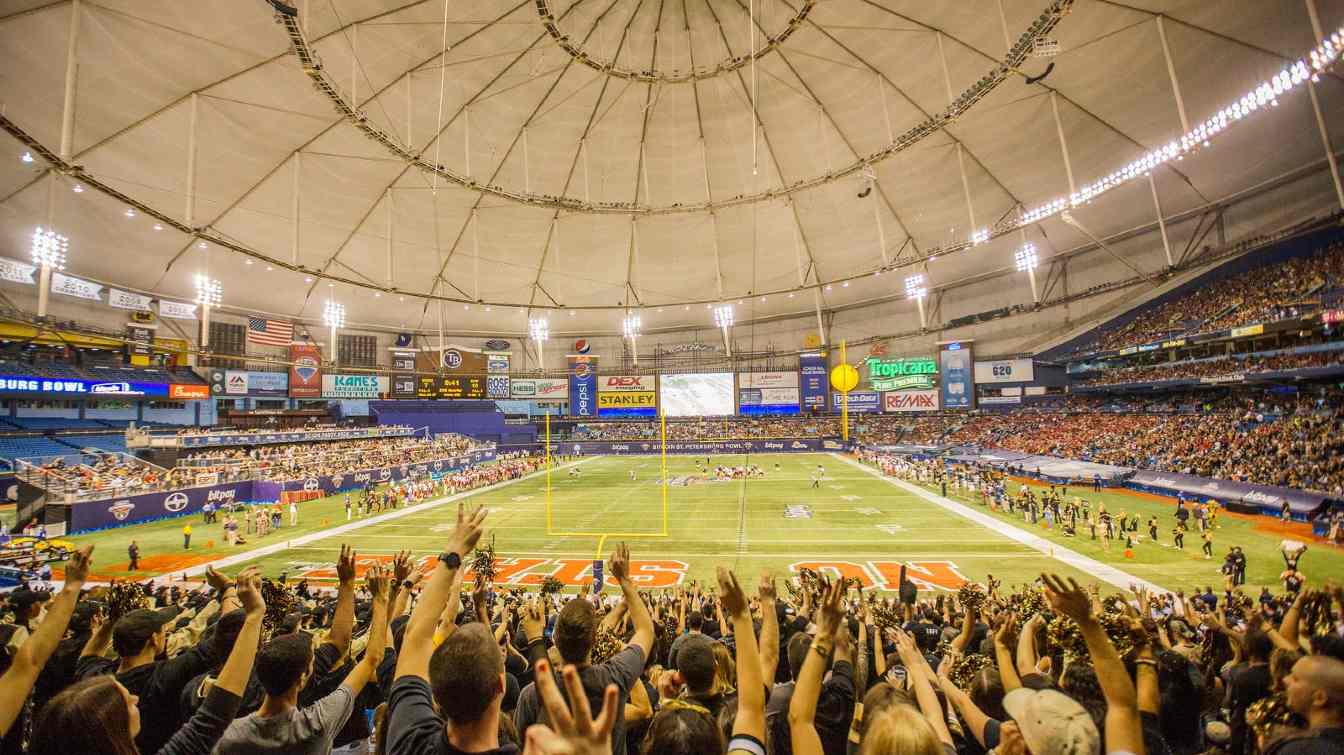USA: Rays abandon $1.3 billion stadium deal, threatening future in Tampa Bay
source: StadiumDB.com; author: StadiumDB.com
 The Tampa Bay Rays shocked fans and city officials Thursday by walking away from a $1.3 billion stadium project, rejecting $730 million in public funding and casting serious doubt on the franchise's future in Florida. This unexpected move comes after nearly two decades of struggle to secure a new venue.
The Tampa Bay Rays shocked fans and city officials Thursday by walking away from a $1.3 billion stadium project, rejecting $730 million in public funding and casting serious doubt on the franchise's future in Florida. This unexpected move comes after nearly two decades of struggle to secure a new venue.
Advertisement
Hurricane Aftermath Cited as Deal-Breaker
The Rays organization pointed to the devastating impact of Hurricanes Helene and Milton as the primary reason for abandoning the agreement with St. Petersburg and Pinellas County.
After careful deliberation, we cannot move forward with the new ballpark and development project at this moment,
the team stated. A series of events beginning in October that no one could have predicted led to this difficult decision.
The timing couldn't be worse for local fans. With their current home at Tropicana Field severely damaged by Hurricane Milton last October - the roof literally shredded by storm winds - the team has been forced to play this season at the Yankees' minor league park in Tampa.
Regional Economic Impact
The collapse of the stadium deal raises serious questions about the economic future of the region. Sports franchises often serve as anchors for broader development and tourism, similar to how Texas betting sites have influenced entertainment and tourism patterns in their region. These sites provide sports fans with a wide range of betting options in addition to great bonuses and odds.
The Rays' decision comes at a crucial time for MLB's financial outlook. According to recent Statista data, baseball market revenue is projected to hit $11.57 billion in 2025, with the U.S. generating $10.58 billion of that total. With an expected annual growth of 5.28% through 2029, the sport is on track to reach $14.21 billion in market volume by decade's end.
These projections make each franchise location decision increasingly critical. The average revenue per user in baseball stands at $309.03, with user numbers expected to climb to 46.5 million by 2029. For small-market teams like the Rays, these growth figures represent both opportunity and pressure to secure stable homes in viable markets.
 © CityofStPete (cc: by-nc)
© CityofStPete (cc: by-nc)
Public Money Left on the Table
The abandoned deal represented a major public investment in both the franchise and the Historic Gas Plant District, an area that's seen little economic development since the 1970s. The agreement would have revitalized a neighborhood that currently hosts little more than Tropicana Field and its mostly empty parking lot.
But even $730 million in public funding wasn't enough to keep the Rays committed to the project. The hurricanes delayed crucial county votes on bonds needed for the deal, which the team used as an opportunity to signal financial concerns about meeting their $700 million commitment.
St. Petersburg Mayor Kenneth T. Welch expressed little surprise at the move, indicating the city would welcome new ownership to revive both the stadium project and the broader district development.
We will not put our city's progress on hold as we await a collaborative and community-focused baseball partner,
Welch stated firmly. After decades of waiting, this sacred land will again bear the fruit of housing, jobs, and beneficial community development.
Pressure Mounts on Sternberg to Sell
With the team's lease at Tropicana Field expiring in 2027, pressure has intensified on owner Stuart Sternberg to sell the franchise. Reports suggest MLB Commissioner Rob Manfred and several team owners are actively encouraging a sale.
Joe Molloy, former Yankees minority owner, has already assembled a group of investors interested in acquiring the team. We have assembled an incredible team that shares our vision,
Molloy told the Tampa Bay Times.
The financial stakes are substantial. Sternberg, who purchased controlling interest in 2008, now controls a franchise valued at approximately $1.8 billion according to Forbes - a dramatic increase from the $130 million expansion fee paid by the original ownership group.
 © CityofStPete (cc: by-nc)
© CityofStPete (cc: by-nc)
MLB's Expansion Plans Complicated
This development also throws a wrench into MLB's plans to expand to 32 teams. Commissioner Manfred has consistently maintained that expansion can't move forward until stadium situations in Oakland and Tampa Bay are resolved.
While the Athletics' move to Las Vegas addressed one part of that equation, the Rays situation has only grown more uncertain.
Major League Baseball remains committed to finding a permanent home for the Club in the Tampa Bay region,
the league stated. Commissioner Manfred understands the disappointment of the St. Petersburg community from today's announcement, but he will continue to work with elected officials, community leaders, and Rays officials.
Three potential paths for Rays
The Rays now face three potential futures: Sternberg could sell the team to local investors committed to keeping the franchise in Tampa Bay; the current ownership could explore relocation options; or they could attempt yet another stadium deal in the region - though this last option seems increasingly unlikely given recent events.
For fans who've supported the team through two decades of stadium uncertainty, this latest development feels like a particularly bitter blow. After finally securing what seemed like a viable stadium solution just last July, they're now back to square one.
With just two years remaining on their current lease, the clock is ticking for the Rays to find a path forward - whether that's with new ownership, in a new city, or through yet another attempt to secure their future in Tampa Bay.
 © CityofStPete (cc: by-nc)
© CityofStPete (cc: by-nc)
Advertisement
 StadiumDB
StadiumDB